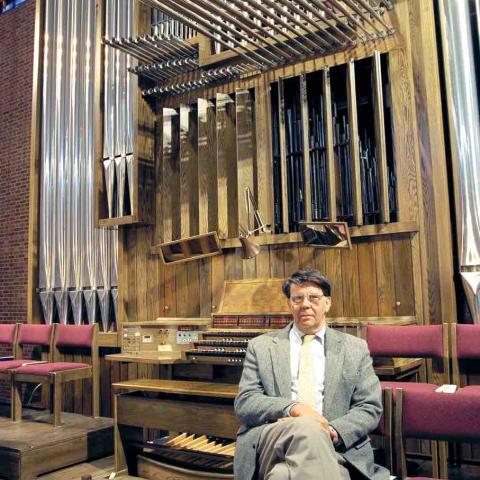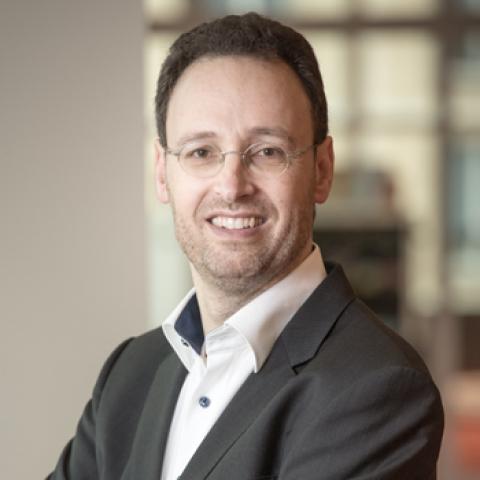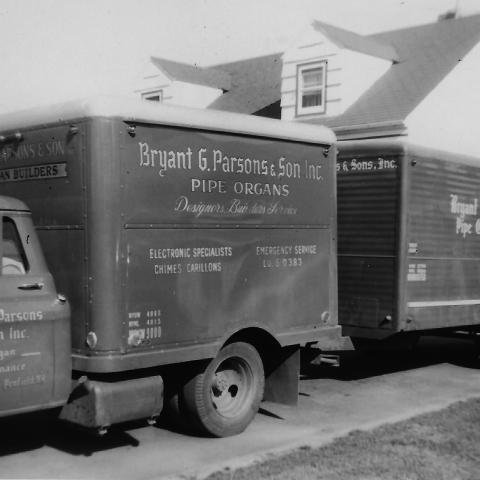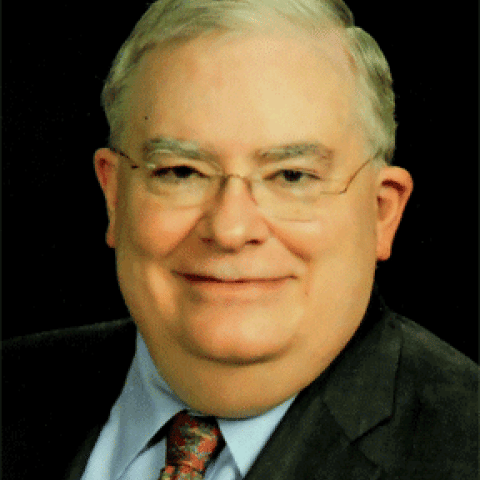
Robert L. Sipe, 83, died May 24 in Dallas, Texas, after a long illness. He was a veteran Dallas organbuilder who over 60 years produced new and rebuilt instruments across the United States. Following pioneering 1950s United States installations by Beckerath and Flentrop, Sipe was the first Texas builder after Otto Hofmann to wholeheartedly embrace neo-Baroque principles of mechanical action, slider windchests, low wind pressures, freestanding encasement, and lean and brilliant sonorities. As a Baylor University student, the Dallas native began helping with organ maintenance, and in 1960 he formed his own firm with Rodney Yarbrough. Their compact two-manual 1962 instrument in St. Stephen United Methodist Church in the Dallas suburb Mesquite, in a free-form concrete building of live acoustics, created a sensation. The following summer, Sipe went on an exhaustive tour of new and old European organs, recording his impressions in a detailed diary.
After Yarbrough’s tragic paralysis in a 1964 traffic accident, Sipe continued on his own, creating church organs in Texas and then beyond, including teaching and practice instruments for Southern Methodist University in Dallas and Texas Christian University in Fort Worth. His was a somewhat eclectic approach to the neo-Baroque aesthetic, larger instruments including more fully developed Swell divisions; he employed electro-pneumatic action when mechanical action was not physically practical. He was particularly skilled at recycling and revoicing older pipework, and his instruments had a finesse of voicing rare among builders in that style. His influence spread further via colleagues who went on to establish their own organbuilding firms, notably George Bozeman, Roy Redman, and the late Marvin Judy.
By the late 1960s, the Aeolian-Skinner Organ Co. belatedly decided it needed to embrace the growing enthusiasm for mechanical-action organs. With a new infusion of money from investor David Knutson, Sipe was tapped to head the tracker initiative, and in 1970 he became the company’s vice president and tonal director. Some mechanical-action organs that ultimately bore the Aeolian-Skinner nameplate were actually contracted by Sipe before joining the firm. The sizable three-manual organ at Zumbro Lutheran Church in Rochester, Minnesota, built in 1968, had a second nameplate citing design, installation and voicing by Sipe. A showpiece for Aeolian-Skinner’s new venture, it was featured on a series of King of Instruments recordings by Robert T. Anderson, professor of organ at Southern Methodist University.
Tracker-action organs were hardly able to save Aeolian-Skinner, which had been in precarious financial condition for years. After the firm shuttered in 1972, Sipe returned to Dallas and resumed building organs under his own name. This third phase of his career yielded notable instruments at Luther College in Decorah, Iowa (1977); Hennepin Avenue United Methodist Church in Rochester, Minnesota (1979, with a Bombarde division); the Assembly Hall of the Church of Jesus Christ of Latter-Day Saints in Salt Lake City, Utah (1983); and First Presbyterian Church in San Antonio, Texas (1998). In later years, Sipe collaborated with the Allen Organs on some effective mixes of pipes and digital voices.
For all his roots in German and Dutch neo-Baroque aesthetics, Sipe was increasingly fond of Anglican church music, and in later years he became a regular worshiper at Dallas’s Episcopal Church of the Incarnation. The 2012 organ in Northway Christian Church in Dallas is a particularly effective example of the warmer, more eclectic sonic approach of some of his late instruments.
Robert L. Sipe is survived by his son Christopher Sipe, daughter-in-law Alx Nixon, grandson Ilya Nixon-Sipe; daughter Katie Sipe. He is also survived by his former spouse and mother of his children, Susan Sipe.
—Scott Cantrell
Other recent obituaries:






